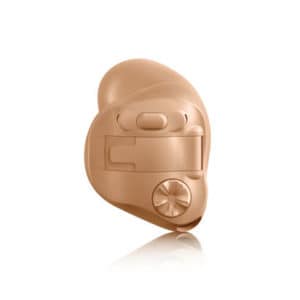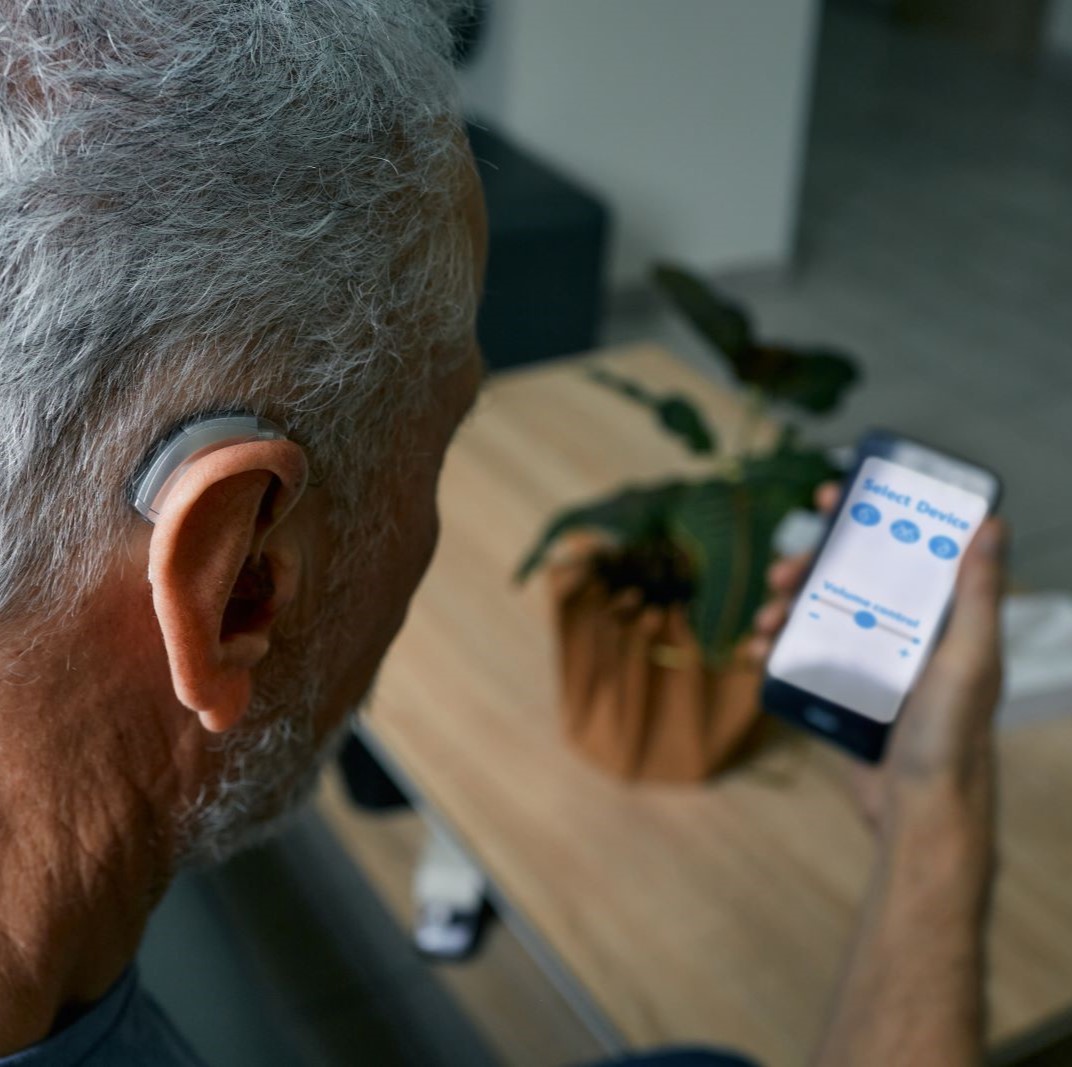Hearing Aid Overview
Hearing Aid Styles

Invisible-in-the-Canal (IIC)

In-the-Ear (ITE)

Receiver-in-Canal (RIC)

Behind-The-Ear (BTE)
Hearing Aid Accessories & Technologies

Portable Hearing Aid Chargers

Wireless Connectivity

Digital Noise Reduction

Tinnitus Management

TV Devices and Remote Microphones
Today TV devices and remote microphones are designed to enhance the audio experience for individuals with hearing loss. They help improve sound clarity and reduce background noise, allowing people with hearing impairments to enjoy television programs, conversations, and other audio content more effectively.
TV devices for hearing aids enable users to directly stream audio from their televisions to their hearing aids wirelessly. These devices connect to the TV's audio output and transmit the sound signals to the hearing aids through a dedicated wireless protocol, such as Bluetooth or proprietary technology. This allows users to adjust the volume and sound settings on their hearing aids, independent of the TV's volume control. TV devices generally offer a clear and personalized sound experience, enabling individuals to hear the TV audio without disturbing others.
Remote microphones are small portable devices that help individuals with hearing loss to hear conversations and speeches more clearly, even in noisy environments. They work by capturing sound close to the speaker and wirelessly transmitting it directly to the user's hearing aids. This technology reduces the impact of background noise, distance, and reverberation, providing improved speech intelligibility. Remote microphones can be clipped onto the clothing of a speaker, placed on a table during a meeting, or used in other similar scenarios.
